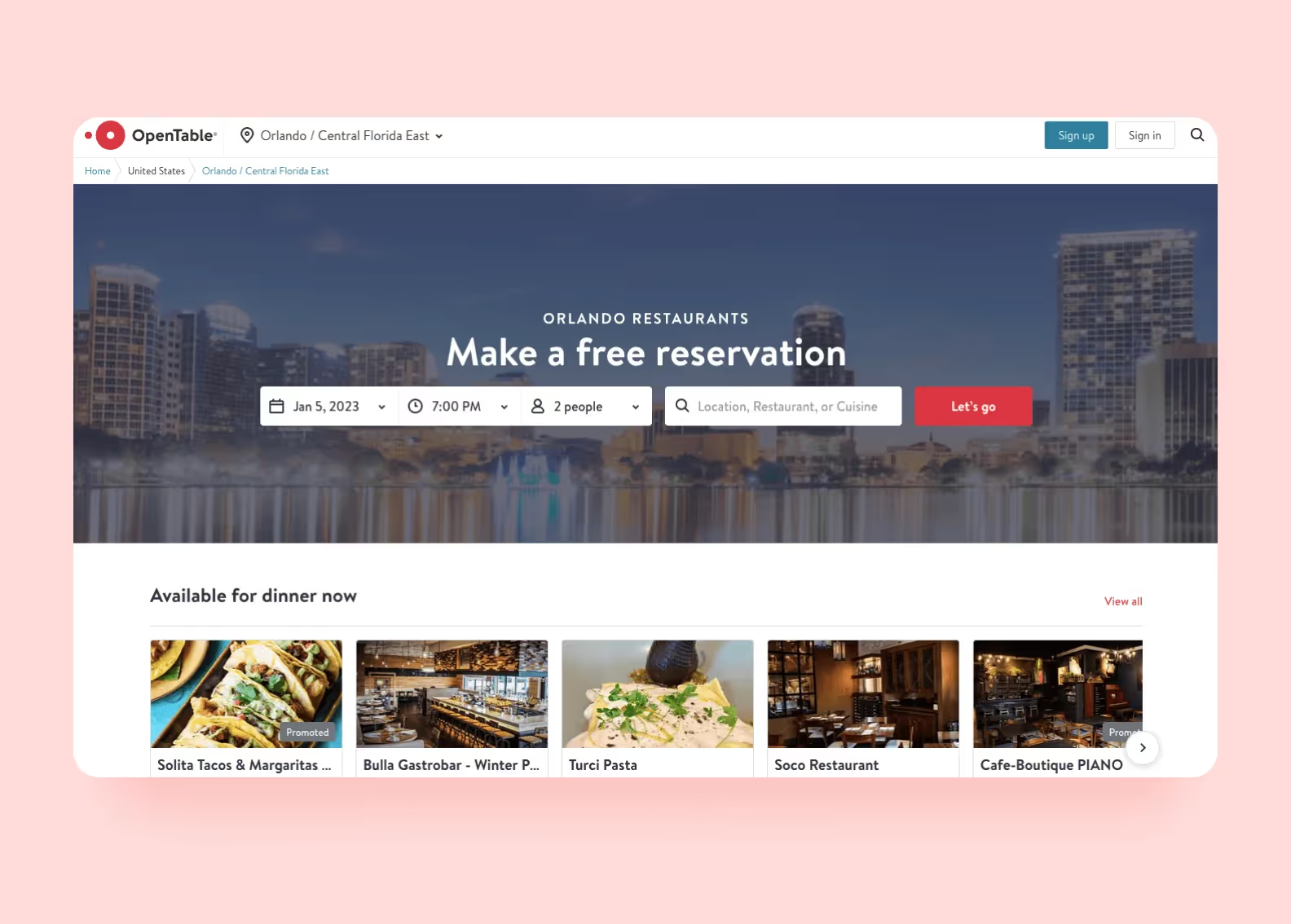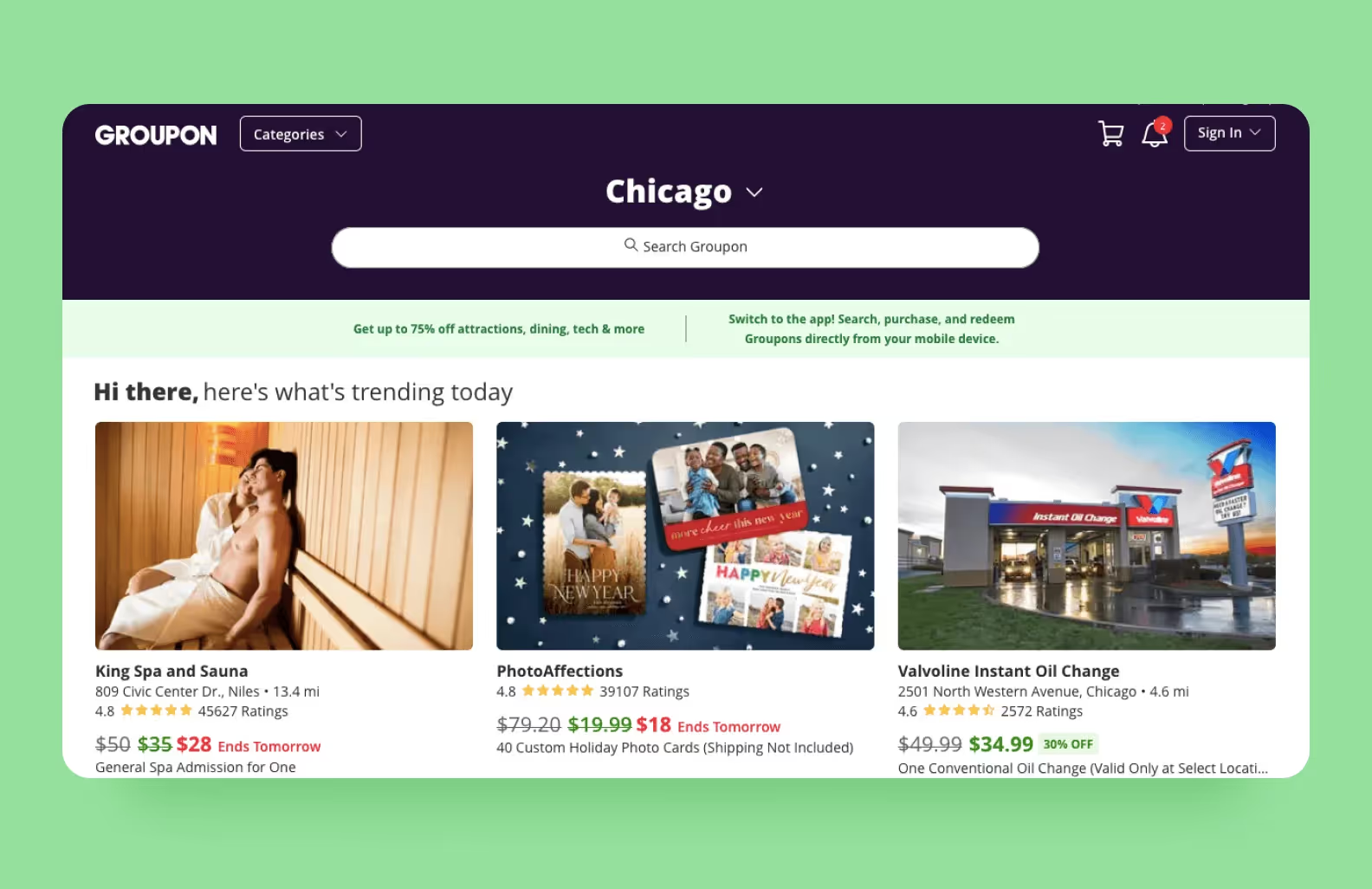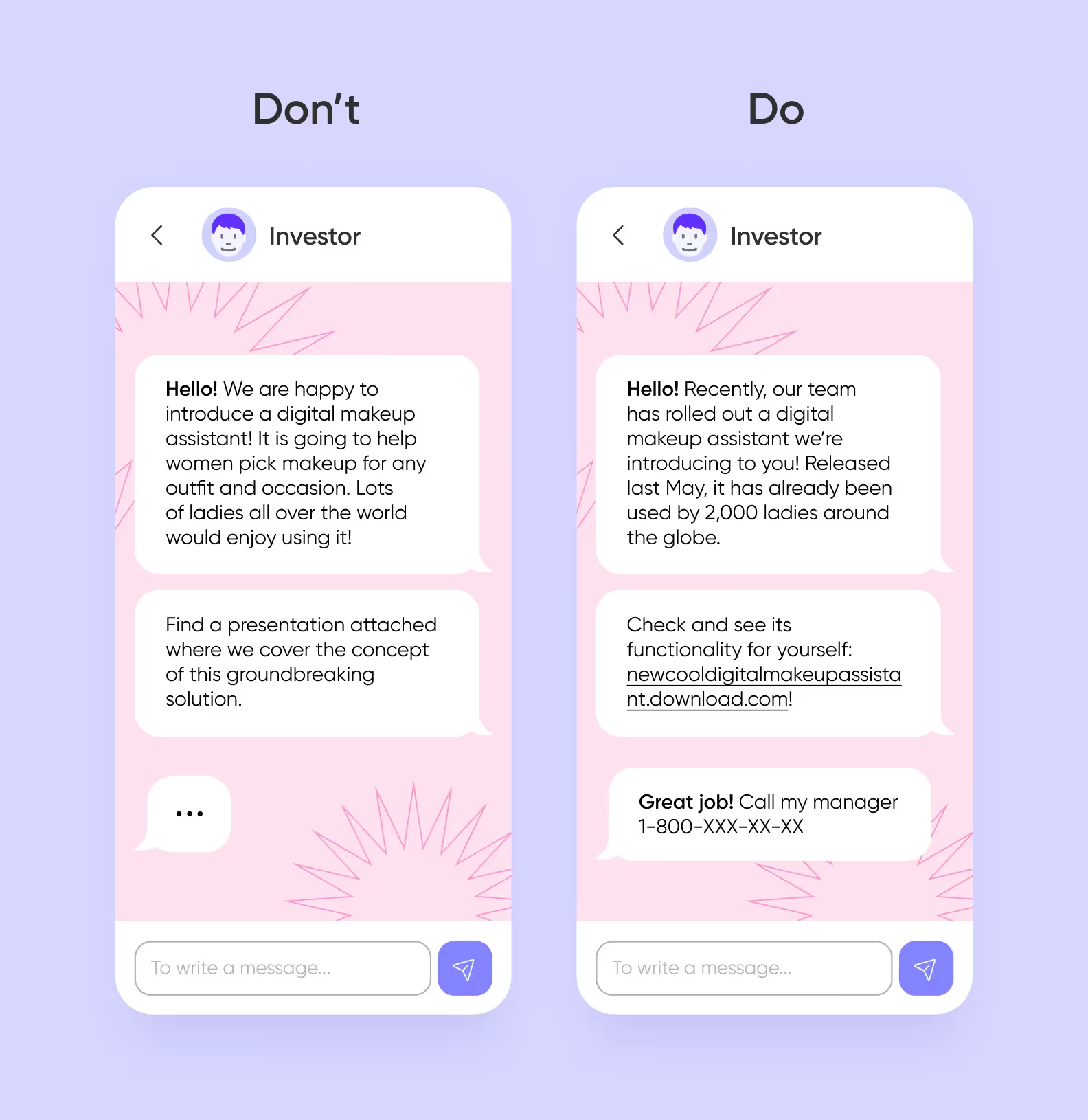


According to Forbes, 9 out of 10 startups fail. This cold math sounds cruel — no wonder young entrepreneurs get frustrated and abandon their dreams. However, you still may be the one to succeed. Consider an MVP for your startup.Product development should be a carefully planned journey. The minimum viable product helps cushion the release shock. Keep reading to learn more about this approach and its perks for startups.

MVP, or minimum viable product, is an approach when startups release a basic and fitting-to-market version of a new product. This version has the essential functionality that can turn valuable for early adopters. The feedback from the latter serves as a powerful learning tool for entrepreneurs. Based on reviews, they enhance functionality and release iterations.
Let’s put a case. Meet Ben. He has been breeding dogs his whole life but has never seen an app useful enough for pet keepers.

Ben has made up his mind to launch an assistant. As long as he can’t predict its success, developers with whom he shares this idea advise on releasing a minimum viable product with core features.

When the app is released, users start giving reviews. Ben notices much interest in chatting and sharing pet photos with friends. Then, developers scale the petcare app by adding a friend list and feed. And then top it off with a vet bot who might give the owners care recommendations.
MVP approach is a concept of lean management aimed to boost team productivity. This is a startup methodology when you focus on valuable activities only, align with a customer-oriented strategy, and minimize your time and costs. These things are crucial for most young entrepreneurs.
For a deeper dive into lean methodology study “The Lean Startup” by Eric Ries
Compared to the full-product release, MVP for startups seems more tempting to invest as
Let’s return to our humble dog breeder and compare the costs for his case.
First and foremost, MVP is an approach and not a particular type of product itself. There’s no strict recipe here, you have to get creative and adjust the minimum viable product for the startup specifically.
However, there are still some patterns entrepreneurs can rely on while developing a business model. Here are the four most tried-and-tested types of MVP for startups:
Or Flintstone MVP. Right, it’s a nickname derived from the popular 60s cartoon. If you ever watched it, you might remember Fred Flinstone pretending to drive a car like that.
Well, we may take after Mr. Flintstone in building MVP for startups. In such a context, it means imitating functions that have not been released yet.
Example to learn from. A classic case to prove the credibility of Flinstone MVP is the Zappos online shop. Back in the ‘00s, Nick Swinmurn launched a website with plain photos of shoes. He wanted to see if users would want to call and get them on the net. The result of this venturesome idea was an online store that made $2 billion in 2015.
The concierge business model is most common among service-providing startups. As you might have guessed from the name, this type implies rendering manual assistance to users. However, with future automation in mind. In terms of a minimum viable product for startups, this approach ensures idea validation backed by a small group of adopters who get services straight from the tin.
Example to learn from. Here, we might use OpenTable as an example. In the late 90s, Chuck Templeton realized he could benefit from helping people book tables at restaurants. He didn’t develop a website right away but started by making reservations on his own by phone. This opened Templeton a way to learn his target audience and form the best-suiting product.

Hardly leaves you asking questions. As a rule, those who opt for this type already have a product with one distinctive feature. It enters the picture in the beginning but can be customized, modified, and enriched after users test it.
Example to learn from. In 2005, two internet entrepreneurs Daniel Ek and Martin Lorentzon formed a music streaming service and called it Spotify. Streaming was the only feature available, but users recognized it anyway. Ek and Lorentzon hit the jackpot, and in 2022, Spotify was valued at $21 billion and had over 50 billion active users.

This approach of creating MVP for startups works best when an idea can be tested without developing any software. You use third-party services and platforms instead. After the hypothesis has proved viable and worthwhile, entrepreneurs pass to the product development stage.
Example to learn from. Those who like to hunt for local deals must know Groupon, an American e-commerce marketplace collecting sales offers from various shops. However, as an MVP it used to be no more than a WordPress blog where a web developer Andrew Mason posted sales announcements. He created coupons manually in PDF and sent them via email.

The list of flourishing minimum viable product cases moves far beyond Zappos, Spotify, and OpenTable. You can add Amazon, Dropbox, and Twitter too. Along with dozens of other tech startups whose products we use today.
This is no accident. MVP is the most profit-efficient approach when it comes to testing ideas and hypotheses. These are the five main reasons to choose MVP development for startups.
Speed matters when it comes to introducing a product to the market. The point is that several entrepreneurs may come up with similar project ideas at once. One would start on a longer journey while the other would hold on to a minimum viable product approach. The latter would hit the scene first, and would less likely be perceived as me-tooism.
For unique ideas that are not quite widespread the rule, ‘the quicker, the better’ is the golden one. A vivid case of a tailor-made MVP in startups we worked with is Grecha.pro. The app was developed to tackle restaurateurs’ issues. They mostly interact with suppliers via different channels: Google Sheets, messengers, papers, etc. Grecha.pro consolidates all the communication aspects in one app for a more consistent workflow. Learn more in our blog.
You remember Ben the dog breeder, right? He came up with an app concept, but the digital market happens to be unpredictable. Ben is simply unsure if he should get into sweat developing a full-fledged application. “Do pet owners need it?”, “Would the software meet their needs?”, “Would they share Ben’s point?”, none can answer these questions ahead of the game.
Still, the MVP stage in a startup allows entrepreneurs to throw sunshine on the matter. After releasing the first iteration with the basic features to the market, you get real feedback from users. They may suggest adding chat groups, revising UX, or enhancing the registration process by adding a sign-up via Facebook or Twitter. If needed, you can make a pivot for your project based on the feedback from real users.
Creating MVP for startups means relying not on bare assumptions or analytics but on the real perceptions and experiences of the target users

Investors are tough guys to persuade, but just put yourself in their shoes. Fancy how many project applications they have pending in the mailbox. These could be hundreds of apps, websites, tools, and mere concepts, some are smashing and off-beat, while others bore even the deadest to death.
This is why the idea would be better put to work. Operating projects employed by users are the best arguments in your favor against investors. Besides, a real product serves as proof of consistent startup traction acknowledging progress and potential for growth.
Both material and human. Web development costs a pretty penny, and this penny is especially hard to part with when you’re not sure about the outcome. As building the MVP implies rolling out the basic version, it takes fewer team hours to create. This lowers the expenses compared to the full product release. Spare cash may be poured into branding, hiring a team, or renting an office.
In case you can’t boast of relevant experience or resources for rolling out a solution, there are dozens of companies to partner with. Check our choice of top MVP development companies.
Returning to Ben, let’s assume a pet-caring app has met the market in full service. Our young entrepreneur dipped into savings, loaned a bit, asked for some friends’ cash, and made it to the stores. Then, sabbatical calm.
The thing is, building an MVP for startups makes it easier to use money sparingly and make a purse for promotion. People tend to ignore marketing hoping to grow brand awareness organically, but that’s hardly possible for non-blogger types. Invest in product promotion lest you have scarcely a user in sight.
After all the whys have been discerned and the best type was chosen, here comes the most interesting part, MVP building itself.
Being the development company, we rolled out 300 MVPs for startups in various industries and various purposes. The recipe we share is based on a partnership between an entrepreneur and a professional project development team.
This is what you have to do hand in glove with your outsourced partner.
Any project starts with discovery. First, make it clear: “What issue does the product help with?”, “Why is it worth releasing?”. Phrase the answers concisely and succinctly in 2-3 sentences.
Common mistakes to avoid: Unique ideas are great, but they may also turn into traps if unrealistic. Apps like Milk the Cow or Pimple Popper won’t make solid business. The product should have a practical impact in the end even at the expense of ultimate originality.
Here, it’s crucial to do research on the major players with similar products and objectives. At the end, you come up with a summary for each competitor pointing out: strong product sides, its areas of improvement, and conclusions with regard to your concept.
Common mistakes to avoid: Giving a short shrift to the competitors’ analysis. Your success at this point is tightly bound to the goal you set in the first place. Market research should better be done by professionals and you have to make sure they get your point.
At this stage, you should gather as many insights about the potential customers as possible: age, gender, occupation, hobbies, and digital skills. The precise list would depend on the product specifically.
Common mistakes to avoid: Setting out the product for the wider public. In other words, no audience segmentation. As the wise say, a product for anyone is eventually a product for nobody. Even if it’s an app for ordering groceries or walking a dog, it still has some audience to target.
When you partner with an outsource development team, make sure it has all the staff you need. In 9 out of 10 cases, they would be an analyst, a UI/UX designer, frontend and backend developer, QA, and a project manager.
Common mistakes to avoid: Sharing duties between several teams. This works for big enterprises but sounds irrelevant regarding MVP for startups. Otherwise, you’ll end up playing a coordinator.
Together with your team, list all the functions and features you are planning to implement. Then, prioritize them. Pick 1-2 crucial points and lie at the heart of the product, then 3-4 supporting features desired but not required for the first iteration. Finally, list the functions that can wait till the second iteration.
Common mistakes to avoid: Being out for all at once. Minimum viable product starts with ‘minimum’ and you shouldn’t forget this.
Keep your eyes on the ball at each stage of the design process from roadmapping to creating a UI kit. In case of any misunderstandings, you’ll be able to clear them up on the fly.
Common mistakes to avoid: Going to extremes. Keeping silent for months is as bad as over-managing.
The fastest and the most convenient tech stacks for startups are React for web, React Native for mobile, and Electron.js for desktop. These all are JavaScript technologies widely used by development communities all over the globe.
Common mistakes to avoid: Not thinking ahead. The technology you employ should be scalable so developers can easily implement new features on top of your MVP.
Is the product a success or not? You can barely tell this without tracking its performance. Don’t forget to set 2-3 key performance indicators to estimate product efficiency and its value to users.
Common mistakes to avoid: Being too much after numbers. At the MVP stage in a startup, you need to get a general idea of how users perceive the concept. It’s no use to A/B-test each button.
Once all the designing and coding have been done, here comes the product deployment. You make final adjustments, make sure it meets stores’ requirements, and roll it out.
Common mistakes to avoid: Being a perfectionist. Don’t let it sway you at any of the stages. Nothing can be perfect, and digital software is no exception. There will always be areas of improvement, and your objective is to define them as you grow the product.
The future of a minimum viable product depends much on this stage and a startup’s ability to stay impartial and put user convenience and value first. You have to collect user feedback on stores and markets, as well as quantitative and qualitative KPIs. Then, analyze it and define your future product strategy.
Common mistakes to avoid: Forgetting feedback and metrics. Sometimes, entrepreneurs feel so proud of releasing their pet project that they neglect user opinion and all the metrics. Don’t make this mistake. Stay objective and make iterations based on customers’ experience.